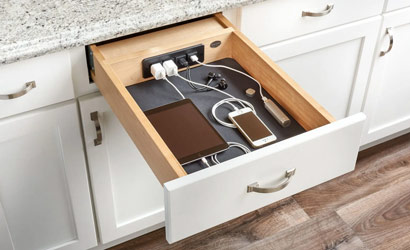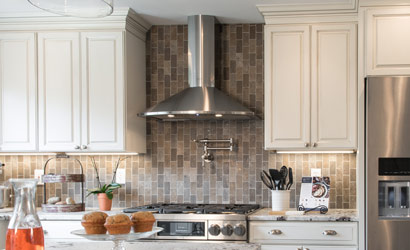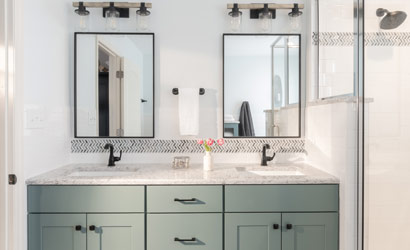Remodeling Guides
Discover helpful tips and remodeling ideas for your kitchen and bath from our experts.
MEASURING GUIDE
Our Measuring Guide will help you create a rough outline of your space before an official measurement is taken. This is an excellent first step and a valuable resource for your first appointment with an RSI designer.
KITCHEN GUIDE
The Kitchen Guide is another beneficial resource as you prepare for the first appointment with a designer. This questionnaire will help you understand your vision for your kitchen remodel, bringing your lifestyle, budget and personal style into focus.
BATHROOM GUIDE
Like our Kitchen Guide, the Bathroom Guide will delve into questions of budget and style while considering factors such as the number of family members who will utilize the space or the number of years you plan to live in the home.



